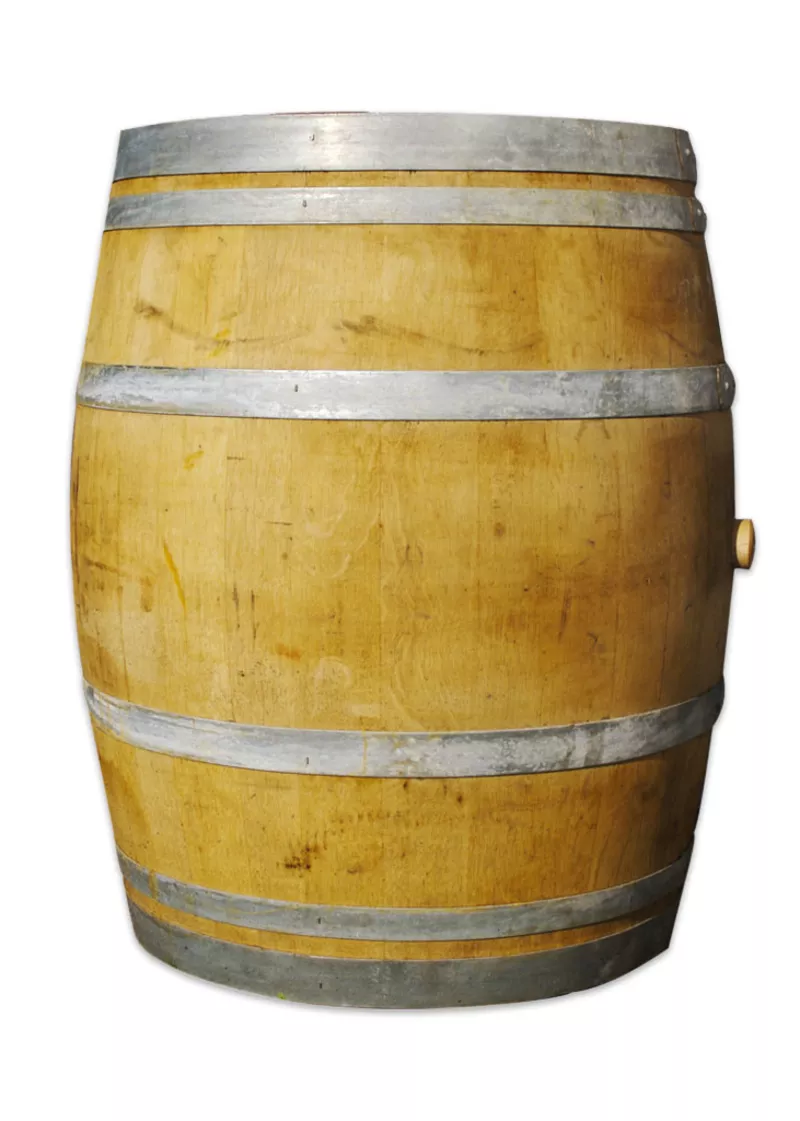Why Age is Important?
In the realms of whiskey connessuers...the rule of thumb is that 'Older is generally better!' but what really is aging?
The whiskey aging process first starts with it's contact with wood. In the USA even if a whisky has contact with wood for a moment it still qualifies as whisky but not straight whiskey, other whiskey countries have their own rules.
For example, bourbon must be aged in new, charred oak barrels. Straight bourbon must do so for a minimum of two years. In Scotland, it can't be labeled "whisky" until it has aged for three years and a day. The wooden barrel is important because it is the main source of flavour, at least by the time it's bottled.
Whiskey penetrates the wood fibers, breaks down compounds like wood sugars, and then pulls them out of the wood into the whiskey. Temperature plays a major part in this: When wood gets warm, it expands, letting more liquid in. When it gets cold, it contracts, pushing whiskey (and color, sugars, and other flavors) back into the liquid. It's very much like steeping tea.
But what's fascinating is if you have a 14 year old bottle of whisky in your cabinet. It will remain a 14 year old whisky even if you keep it in the bottle for 25 years, because whisky does not age in a bottle.
Assuming it is correctly stored it won't change much unless it has excess exposure to light or heat or something that is bad for it.
Old Whisky FAQ
If you want answers to specific questions around the subject of Whisky age statements?...head over to my quick Old Whisky FAQ article. My questions and Answers will explain everything.
